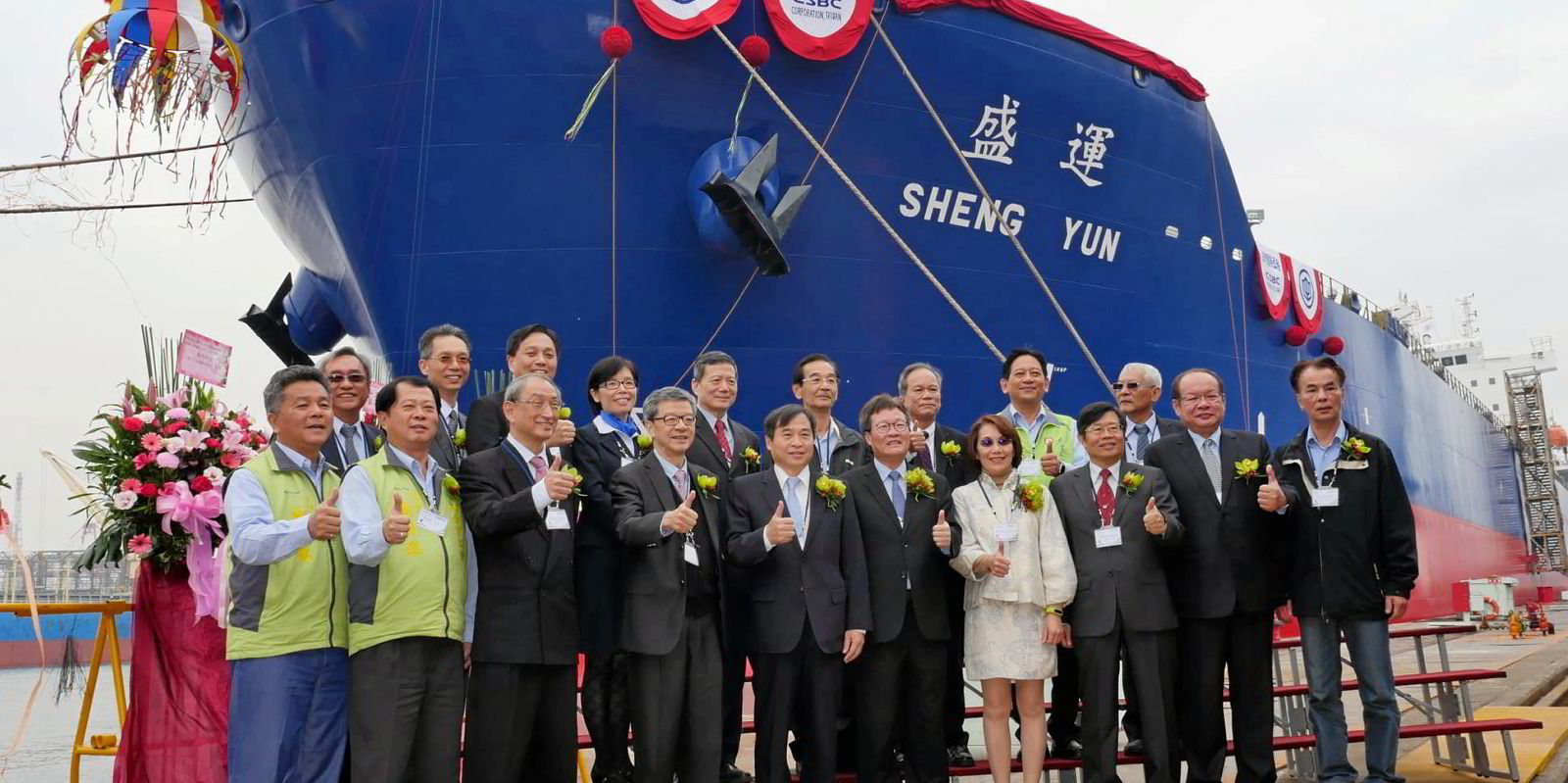Figures from Greece’s Xclusiv Shipbrokers show how dramatic the effect of recent newbuilding ordering has been on the tanker orderbook.
The company told TradeWinds the ratio of new contracts for ships of 10,000 dwt and above to the existing fleet stands at 9.6%, the highest level in the past five years.
Back in May 2019, it was 9.64%, the Athens shop said. For product carriers, the level is even higher at 15.1%. This is the largest ratio since April 2016.
The current crude tanker orderbook to fleet ratio is 7.4%, the broker said. This is itself the highest level since January 2022, when it was around 8%, Xclusiv added.
The brokerage logs 148 tankers of more than 10,000 dwt contracted so far in 2024. The larger sizes have been playing a major role, the company explained.
Owners have put pen to paper on 26 VLCCs and 23 suezmaxes. These constitute around 33% of the total for the year to date.
Scrapping still very low
A total of 2.6m dwt of carrying capacity has been added since January 2024, while 500,000 dwt has gone for scrap during the first four months.
US data giant Veson Nautical has different figures, tallying 104 vessel contracts firmed up at shipyards so far in 2024.
This is up 32% from 79 in the same period last year.
Most of these deals were for MR product carriers, which accounted for 37% of the total.
VLCCs came next with 31%, from basically a standing start this year.
“This increase in demand for new tankers comes as owners seek to renew ageing fleets and seize the opportunity to order vessels able to meet the latest environmental regulations,” said Veson Nautical senior content analyst Rebecca Galanopoulos Jones.
Know-your-customer requirements for secondhand sales are becoming stricter to clamp down on ships that continue to carry sanctioned cargoes, she added.
“Securing a newbuilding allows for a clean title on a ship, which puts the owner in a strong position for any future transactions,” she said.
Positive sentiment for tankers is also a key driver.
Recycling activity in 2023 was the lowest level ever recorded, Xclusiv said.
If 2024 scrapping continues at the same pace, the annual tanker total would be marginally above this nadir, the broker believes.
On the dry side, the orderbook to fleet ratio stands at 9.3%, while back in April 2023 it was 7%, Xclusiv calculated.
The broker said 113 bulk carriers have been ordered so far this year, with the kamsarmax and ultramax sectors being the main preference.
Xclusiv recorded 29 kamsarmaxes and 48 ultramaxes contracted at shipyards.
“During April, the ultramax sector has revved up, with 17 contracts having been signed, constituting around 58% of the total bulk carrier orders placed within April 2024,” the company said.
Owners have added 12.1m dwt to the current bulker fleet this year. A capacity of 1.55m dwt has been demolished.
Veson Nautical has observed rising tanker newbuilding prices too.
LR2s of 115,000 dwt have shown the biggest leap, up by 7% since the start of the year, from $69.11m to $74.16m now. They are hovering around the highest levels since 2008, according to Galanopoulos Jones.
Veson Nautical tallies 28 orders from Greek owners this year, mainly in the suezmax sector.
Indonesia comes next, due to Pertamina contracting 15 MR tankers in January, for delivery from Hyundai Mipo Dockyard in 2026 for $47.75m each.




